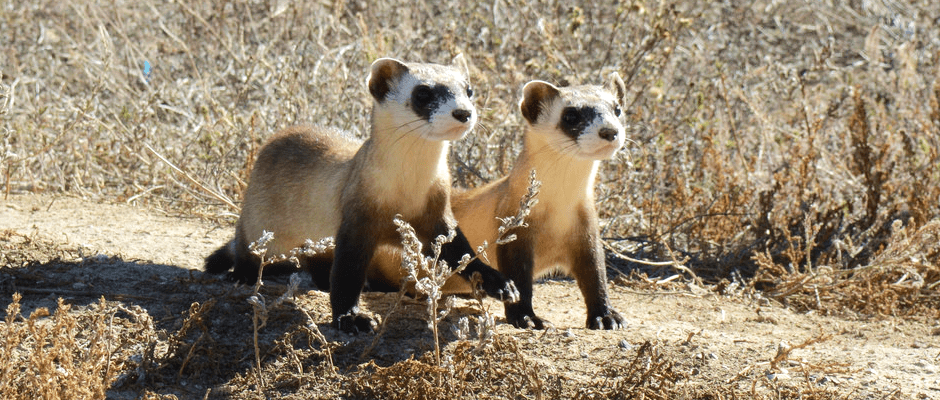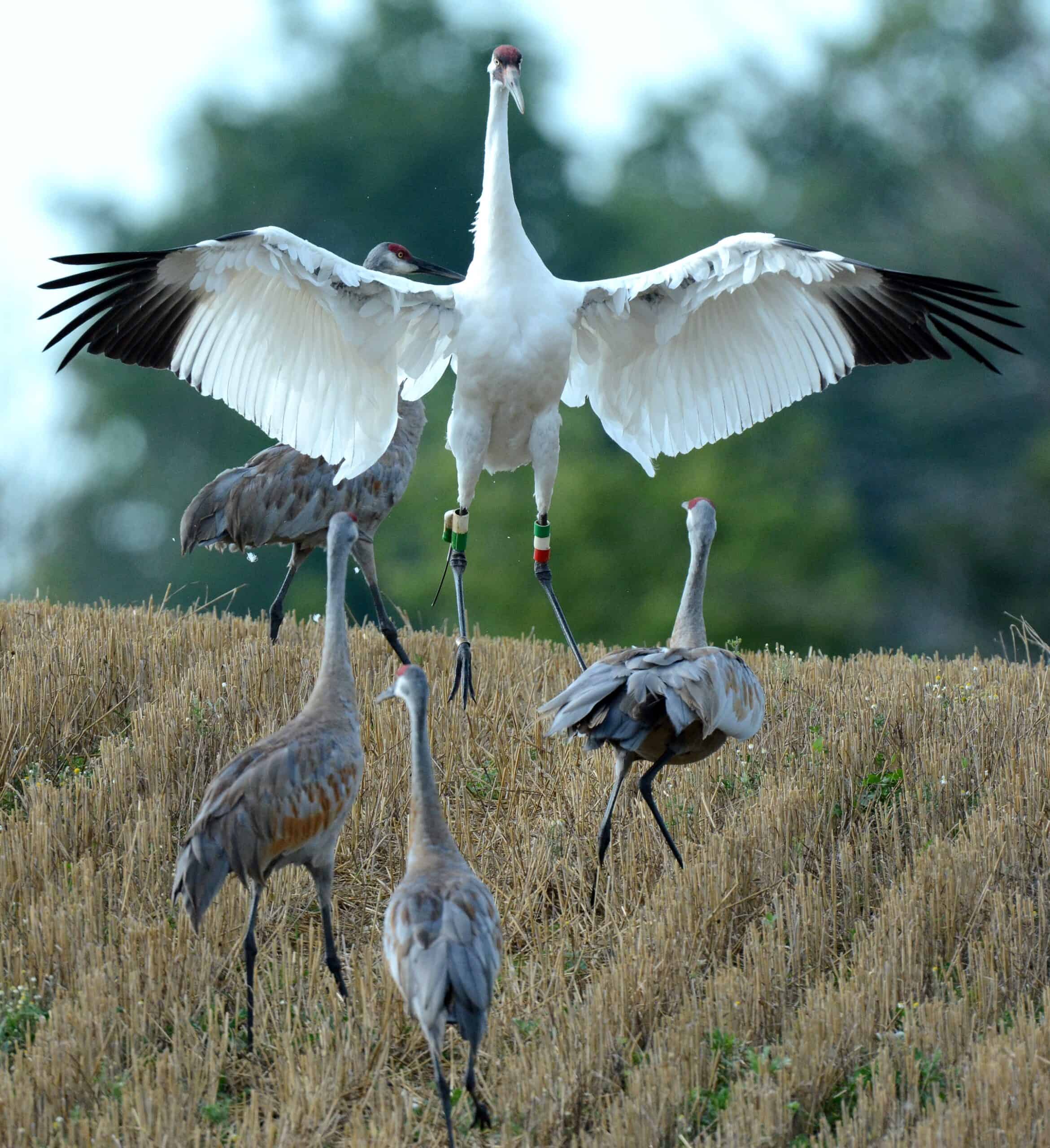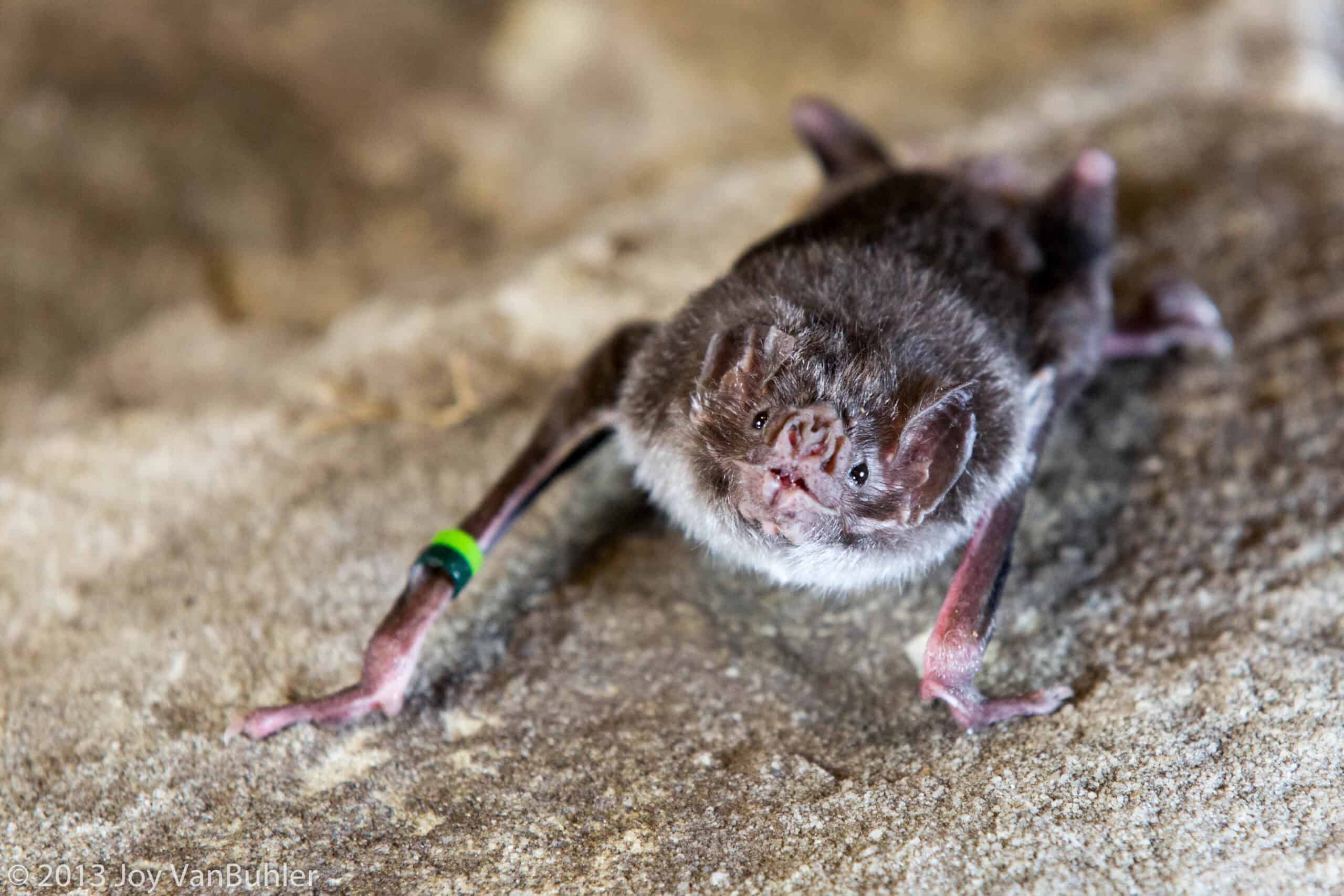Share this article
Senate committee hears states’ perspectives on ESA reform
On May 10, the Senate Committee on Environment and Public Works held its second hearing of the year focused on Endangered Species Act reform. The hearing, entitled “Conservation, Consultation, and Capacity: State Views on the Need to Modernize the Endangered Species Act,” provided three state agency witnesses the opportunity to offer their perspectives on potential updates to the ESA and its implementation.
This hearing served as a follow-up to the Committee’s first oversight hearing on ESA modernization which took place on Feb. 15.
After a brief opening by Ranking Member Tom Carper (D-DE), Chairman John Barrasso (R-WY) laid out three main areas of focus for discussion. He questioned how the ESA can “better incentivize conservation activities” to prevent species listings and to effectively recover listed species; how it can “better facilitate the federal government’s consultation with state and local governments;” and how it can provide sufficient resources and better allocate those resources to fulfill its mission of saving threatened and endangered species.
Both senators urged the witnesses to express their experiences with state and federal relationships within the scope of ESA interpretation and implementation.
Nick Wiley, President of the Association of Fish and Wildlife Agencies (AFWA) and Executive Director of the Florida Fish and Wildlife Conservation Commission, testified that the ESA has been a “strong tool” for protecting and conserving species in the U.S., but that it has not adequately adapted to the many changes occurring across the nation’s conservation landscape. He strongly advocated for increased state involvement under Section 6 of the Act and for keeping listing decisions “in the hands of conservation professionals” rather than in the judicial system in the form of litigation. He emphasized the importance of leveraging state agency expertise in species conservation.
Larry Voyles, Director of the Arizona Game and Fish Department and Former President of AFWA, echoed many of Wiley’s points. In his perspective, the cooperative authorities available to state agencies under Section 6 have not been fully realized, and the provisions of this section need to be strengthened in order to guarantee that state resources are fully engaged in addressing the needs of imperiled species. He highlighted examples of successful conservation initiatives taken on by states, including desert tortoise conservation in Arizona and lesser prairie chicken conservation in five western states.
Janet Coit, Director of the Rhode Island Department of Environmental Management, expressed her appreciation for the positive partnership experiences her state agency has had with federal agencies such as the U.S. Fish and Wildlife Service and the National Marine Fisheries Service. Her testimony focused on the need for adequate federal support in the form of funding for ESA implementation. Specifically, she noted, many states with carefully crafted, science-based State Wildlife Action Plans are limited by insufficient funding to carry out planned conservation activities – particularly for non-game species.
During the question and answer period, Committee members asked the witnesses questions about various aspects of federal, state, and public involvement in the ESA decision-making process. A recurring theme was the need for a guaranteed “seat at the table” for state agencies throughout the listing and recovery processes, and the importance of data sharing between states and the federal government to better tackle conservation issues before they become larger problems. The witnesses were optimistic about the possibility of a strengthened ESA process that fully integrates the expertise and resources of both federal and state agencies while effectively engaging the public and private landowners.
For more information, read The Wildlife Society’s Technical Review on Practical Solutions to Improve the Effectiveness of the Endangered Species Act for Wildlife Conservation.
Header Image: ©Ryan Moehring, USFWS








